If you’ve ever tried to adopt a zero-waste lifestyle, you’ll know that quite frankly, it’s impossible to live without plastic. Or at least, really, really hard.
Plastics have cultivated an evil reputation. But that phenomenon is quite recent. As you look into how plastic production evolved to the scale it’s at now, it’s almost as if we were all so mesmerized by its life-enhancing convenience to notice how wasteful it truly is.
What really is plastic, anyway?
Today, when we think about plastics, we mostly refer to synthetic plastics. But plastic is just a material that can be molded or shaped (plassein, in Greek, which is where the word comes from). Plastics have this capacity due to their structure; they’re made of large molecules (polymers) that are made of a long repeated pattern of small molecules. And that can be synthetic or natural. In fact, plastics were first made from natural materials. Take a look at the first section in our timeline:
1600 BC: Plastics were natural and renewable
19th century: Alternative to billiard balls
1907: The dawn of modern plastics
1920s & 1930s: An outpouring of new plastics
1940s: Plastic production overload
Now: Innovation and responsibility
Timeline infographic
1600 BC: Plastics were natural and renewable
Way, way back in time, most ‘plastics’ were made from natural materials. Rubber, amber, horn, shellac, and tortoiseshell have plastic properties that allow them to be heated and molded into different shapes. They were used for things like jewelry, piano keys, billiard balls, and combs.
Although creating plastics with these materials resulted in less waste than synthetic plastics, it came at the cost of exploiting creatures and putting them on the brink of extinction, harming biodiversity. So those materials, while sounding better, weren’t entirely sustainable either.
19th century: Alternative to billiard balls
The story of synthetic plastics traces back to when billiard ball makers sought alternatives to ivory – at the time, it was common for many upper-class homes in the U.S. and Europe to have a billiards table. In 1862, the first artificial plastic, called Parkesin, was created by Alexander Parkes. Many people celebrated this discovery as it meant that items made from ivory and tortoiseshell were no longer considered luxury for a select few but they’d become more accessible.
In 1867, the New York Times warned that elephants were in grave danger of extinction due to the excessive hunting and demand for their tusks. On a quest for an ivory alternative, John Wesley Hyatt invented the process for making celluloid, the first artificial plastic commercially used. Hyatt made this material by improving Parkeskin. Although synthetic, it was created from a natural polymer, cellulose. While it wasn’t suitable for billiard balls due to its weight, bounce, and flammability, it did serve as the groundwork for further artificial plastic inventions.
Like other plastics that would follow, celluloid was a breakthrough and had desirable qualities that allowed it to replace many materials that were less accessible and affordable.
1907: The dawn of modern plastics
We thought celluloid was good. No, Bakelite was better. Pioneered by chemist Leo Baekeland, Bakelite was much less flammable than celluloid, durable, and its materials were far more readily available. The material found its way into all kinds of industries thanks to its ability to be molded and formed into heaps of shapes. It was the first fully synthetic plastic, made from phenol (a waste product of coal tar) and formaldehyde. This was the start of bringing synthetic plastics to the masses on an industrial scale.
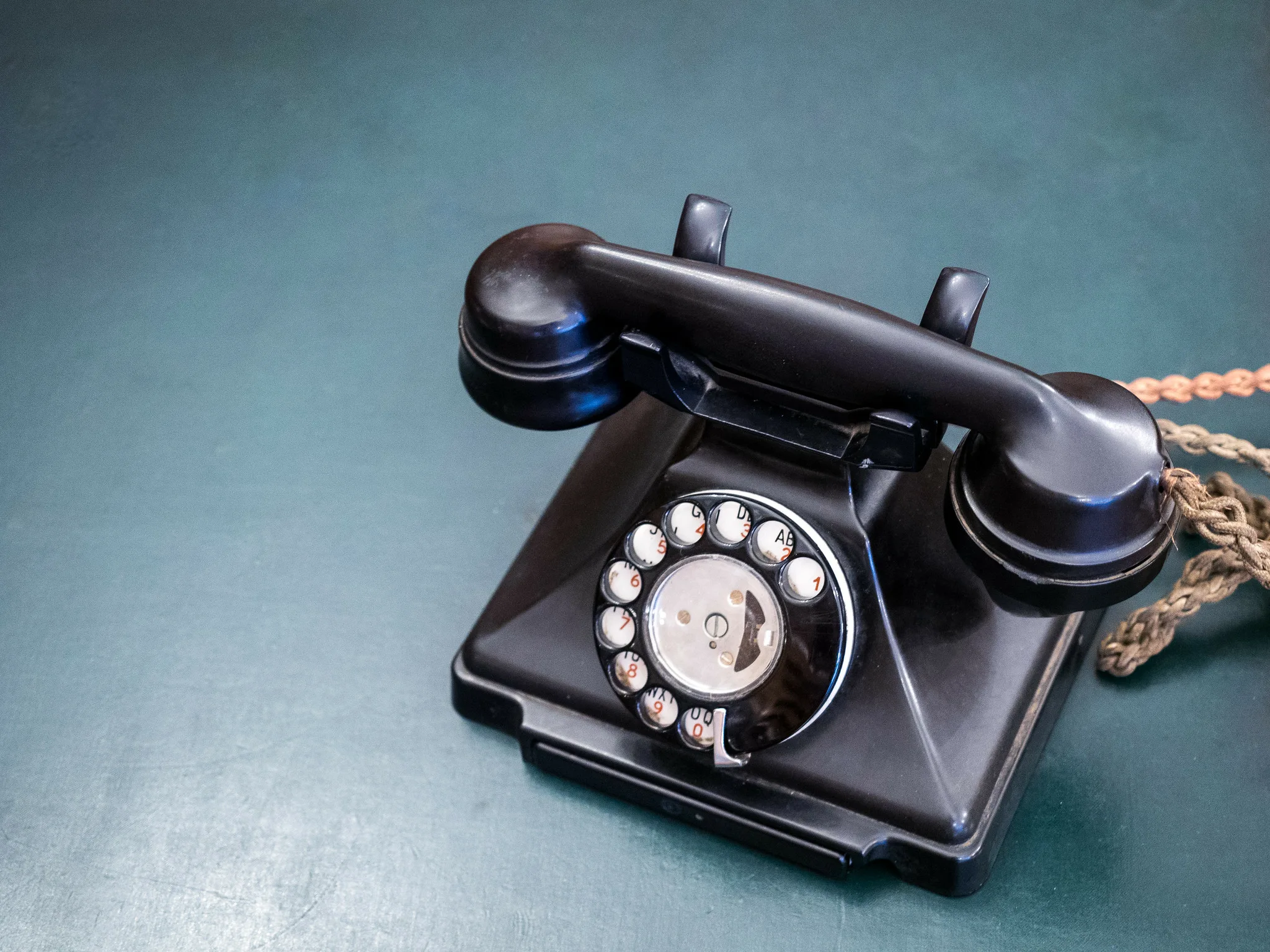
Bakelite is an immutable plastic and you’ll often find many products from the 20th century made with this material that are now sought-after ‘vintage’ and ‘retro’ items. Items made with this kind of plastic (thermoset) tend to look brand new up, even today. However, they’re not recyclable due to their tough, tightly-linked properties.
1920s & 30s: An outpouring of new plastics
As the 20th century progressed, so did plastics.
Here are some of the plastics developed over these years:
- 1920s: Polystyrene, which can be foam-like (think of Styrofoam, packaging peanuts, egg cartons), or hard and shiny (think of disposable cutlery, CD cases), was first commercially developed.
- 1920s: Vinyl, or polyvinyl chloride (PVC), a flexible, hardy plastic came around the same time and is now the world’s third-most widely produced synthetic plastic. Think of vinyl records, PVC pipes, or vegan leather.
- 1933: Polyethylene, or polythene, started to become one of the world’s most versatile, wondrous plastics with all the best qualities of strength, flexibility, and heat resistance. Today, this plastic is the most commonly used worldwide and its most common application is packaging. Think plastic bags and bottles.
- 1935: Polyamide, better known as nylon, was introduced in 1935 by DuPont (one of the many companies the petroleum and chemical industries formed alliances in). The fiber was promoted as “lustrous as silk” and “strong as steel” when the first nylon stockings were released – which women immediately went wild for.
- 1938: Teflon, known for its chemical and thermal resistance properties, arrived in 1938 and was initially used in the nuclear military industry during wartime. It gained popularity in non-stick cooking pans in the 1960s – and of course, is still well-known today, although people are realizing the toxicity of cooking with this material.
Without realizing it, this plastic progress – considered positive progress at the time – was digging itself into a deep pit of environmental damage in which we’ve found ourselves now.
1940s: Plastic production overload
Technological advancements like injection molding enabled the rapid and inexpensive production of plastics at scale, as melted plastics could be inserted into a mold of any shape and they would rapidly harden. This propelled their proliferation in the post-war era, where worldwide plastic production quadrupled. Plastics were used for countless services in World War II, such as parachutes, helmets, water-resistant coats, shatterproof aircraft windows, and so on.
Post-war, plastic manufacturing companies shifted their attention to cheaper, more accessible, and convenient products for people. And people were still very much amused by plastic’s potential, with thousands lining up for the National Plastics Exposition in New York which showcased all kinds of new products made from plastic.
Now: Innovation and circularity
Zooming ahead a few decades, we find ourselves in quite the pickle. In a disgusting prediction from the Ellen Macarthur Foundation – it was forecast that there could be more plastic than fish in the sea by 2050.
And there is now so much plastic – that the visible problem has engendered a new one: microplastics. These are miniscule pieces of plastic less than 5mm long that are a big danger to our marine life and drinking systems. In fact, scientists have just found these in testicles and they could be linked to declining sperm counts in men. Shocking stuff.
Yet, there’s some good news too. Innovations and pioneering tech are starting to steer us towards a circular economy. Now, we’re flipping the script on plastic production: aiming to reverse the damage done by using existing plastic as raw material and pausing virgin plastic production as much as possible. From fascinating innovations like styrofoam alternatives made from mycelium – to common-sense simple measures, like single-use plastic bans.
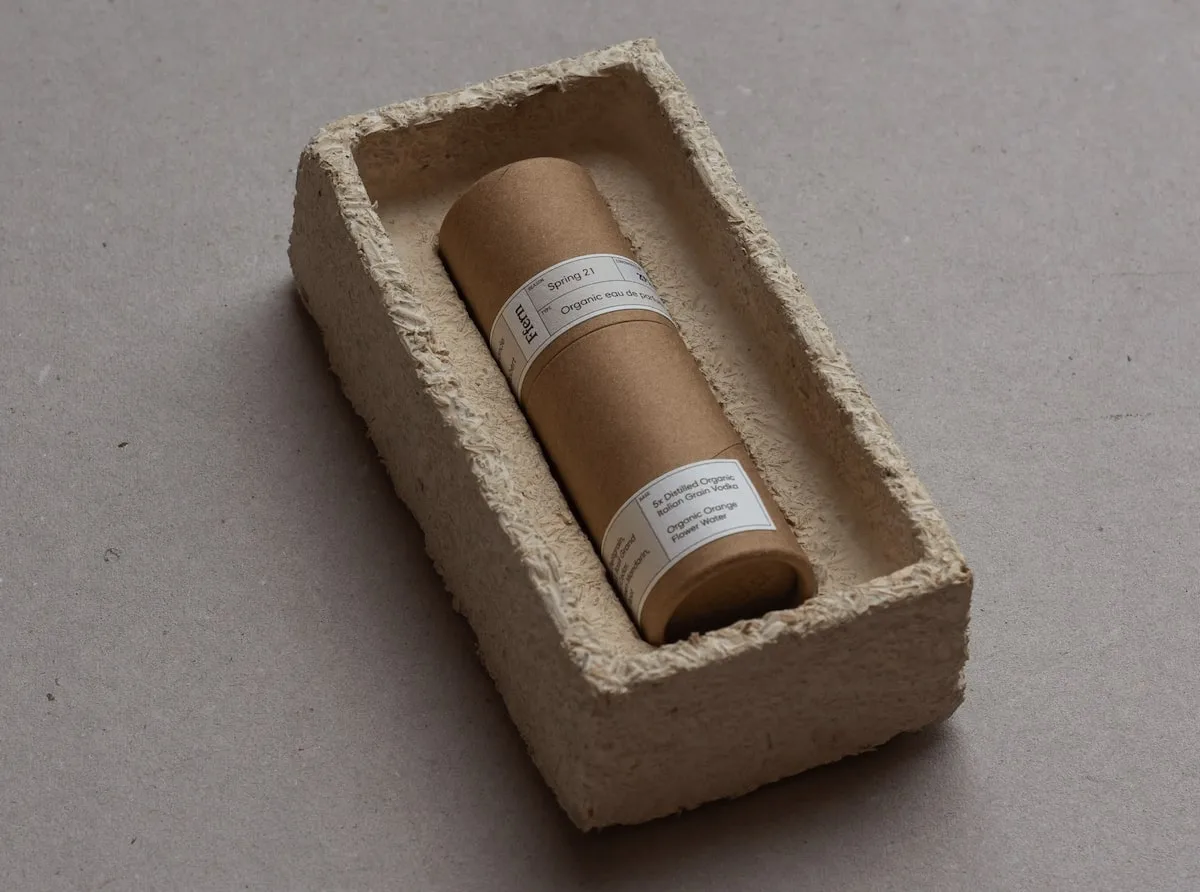
The history of plastics is a testament that human creativity knows no bounds. Plastics have revolutionized industries and improved countless lives. But with great innovation comes great responsibility. As we navigate the complexities of the 21st century, it’s become increasingly clear that plastic’s environmental impact underscores the need for sustainable solutions and responsible consumption in the 21st century.
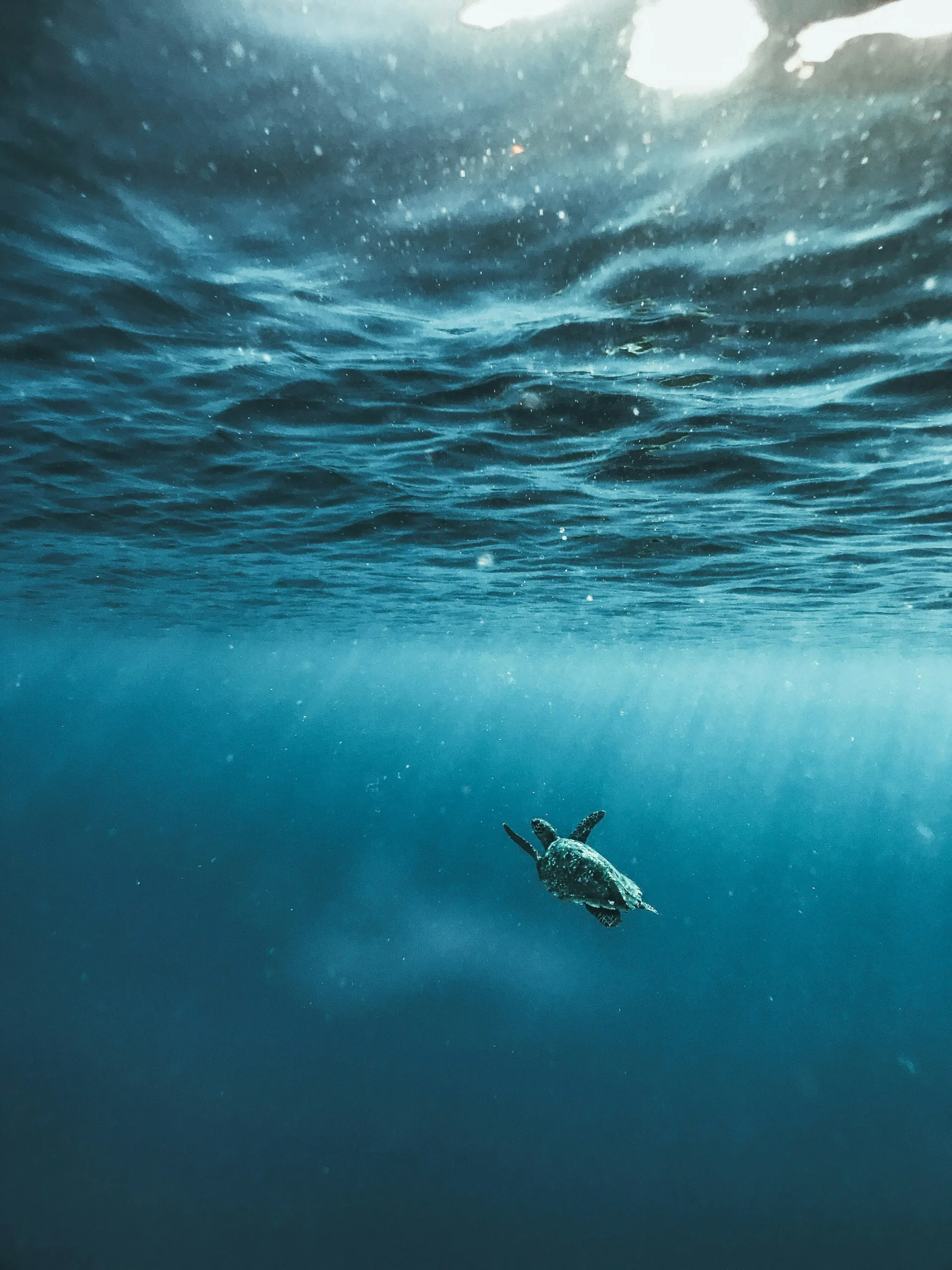
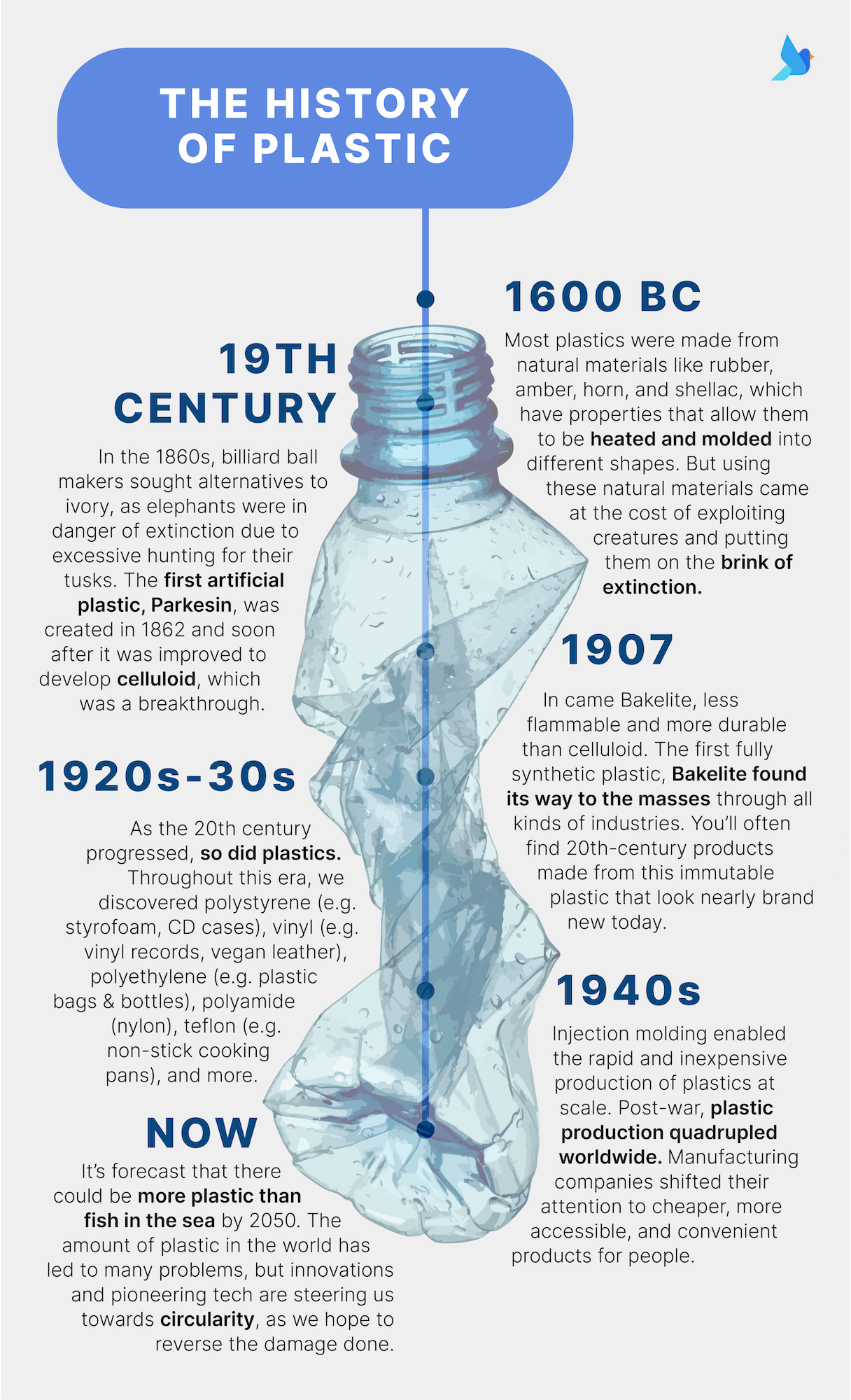
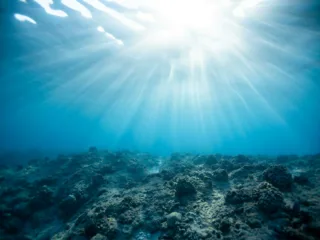
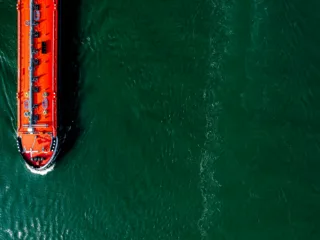
Leave a Reply